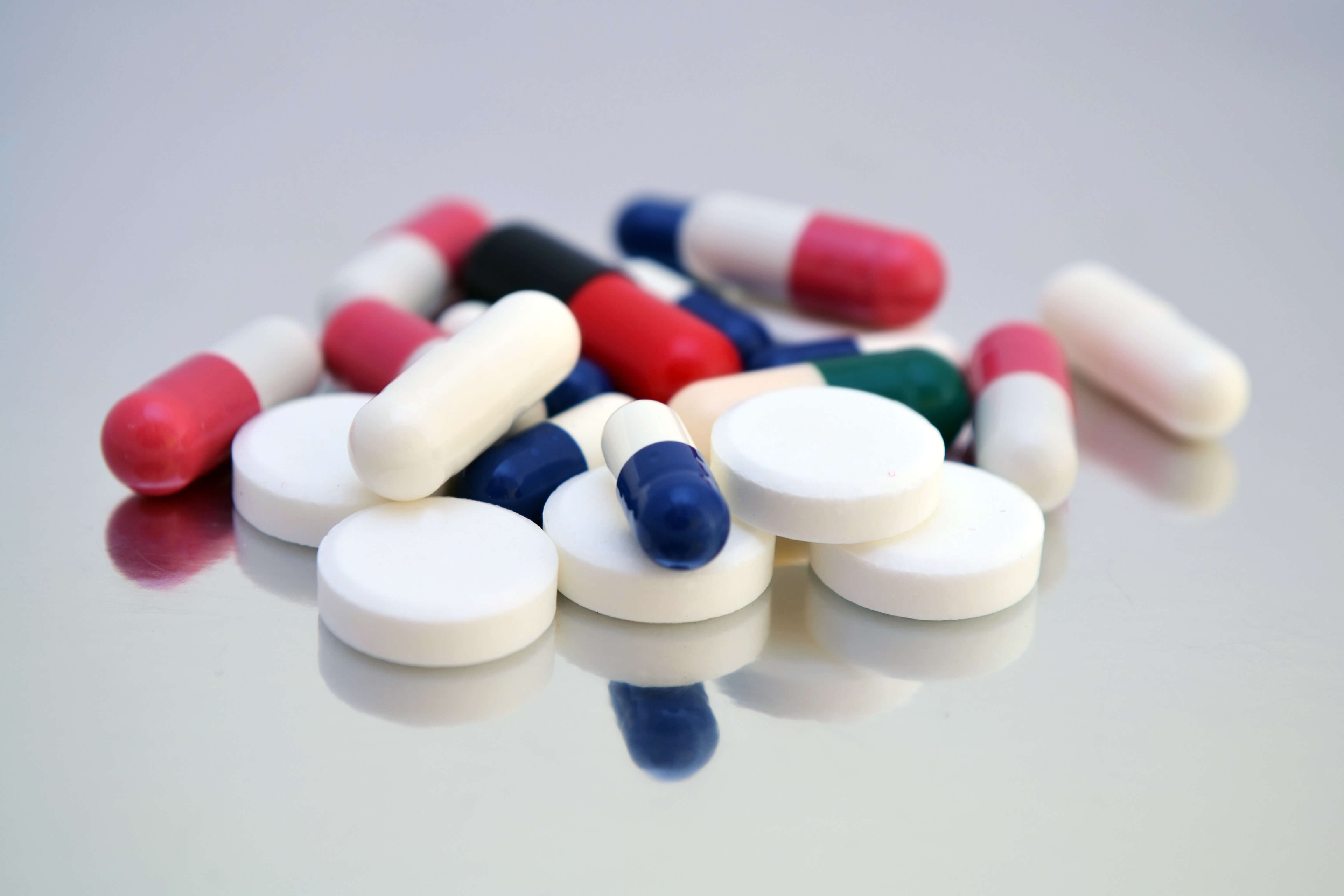
Parents Guide to Prescription Drugs
A lot parents worry about their teen becoming addicted to meth, cocaine or heroin. When a teen attends a party, parents worry their child will become a victim of the date rape drug, Rohypnol, or try Ecstasy. While these are legitimate concerns, most parents forget about a threat which is much closer to home – prescription drug abuse.
For most teens, access to prescription drugs is as easy as walking into the bathroom. Accessibility and the misconception prescription drugs aren’t as dangerous as illegal substances are leading to the rise in prescription drug abuse among teens. A 2010 study found prescription drugs are being abused at a rate second only to marijuana. This same study states over 2,000 people between 12 and 17 use prescriptions drugs non-medically for the first time each day.
There are four different classifications of prescription medications: narcotics, stimulants, depressants and steroids. Each comes with its own set of side effects and risks, as well as reasons for being abused.
Narcotics are the group of prescription medications commonly used to treat moderate to severe pain. Teens take drugs such as Vicodin and OxyCotin for the feelings of euphoria and numbness they produce. Unfortunately, they don’t realize abuse of these drugs can lead to abscesses on the skin, lungs and brain, convulsions, comas and sometimes death. In 2008, painkillers were involved in more overdose deaths than cocaine and heroin combined.
Stimulants such as Adderall are popular among teens because of the belief these medications will help them stay focused and increase energy. During times of academic stress, such as finals, these drugs are especially prominent. Some of the risks of these medications are severe panic attacks, seizures and heart attacks.
Depressants are used primarily to treat anxiety, insomnia, seizure disorders and severe stress. Most teens abuse depressants for their calming/relaxing effect and, in some case, the psychedelic effects. Depressants are also used in combination with other drugs or alcohol to intensify the high. There is an extremely fine line between a dose of depressants and an overdose. Because depressants slow brain activity and normal body function death is a very real possibility. Withdrawal from long-term abuse can also be life-threatening.
The last category is steroids. The dangers of using steroids have been known for a long time, but that has not kept teens from abusing them. With children beginning competitive sports at an earlier age and playing year round, sport injuries are on the rise. There is also a higher standard of performance. This leads to teens turning to steroids to increase body mass and recover more quickly from injuries. Steroids use can lead to extreme mood swings, including violence and rage, stunted growth, and major organ dysfunction. Once a teen stops using steroids they can suffer prolonged periods of depression, loss of appetite, insomnia, and irritability.
Almost 70% of teens get their prescription drugs from family and friends. Pay attention to your medicine cabinet. Set an example for your teens. Make sure if you are taking medication they know what it is for and you are following doctor’s orders. Most importantly, take the time to talk to your teen about the dangers of abusing prescription drugs.
